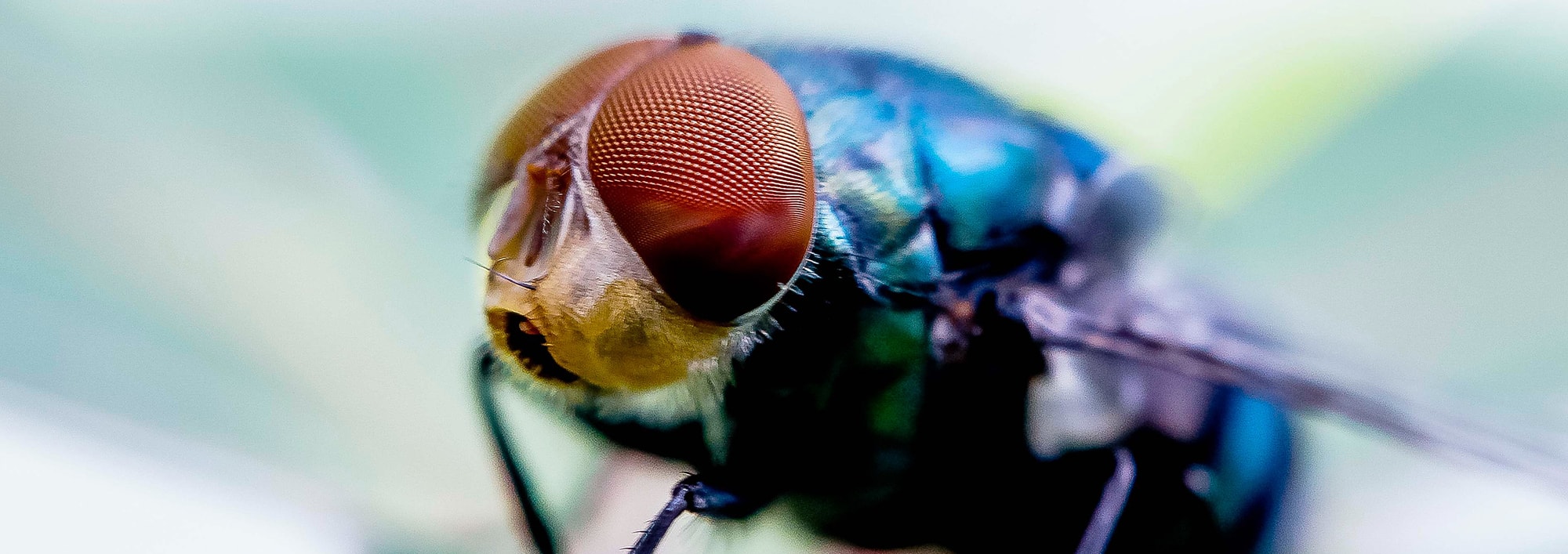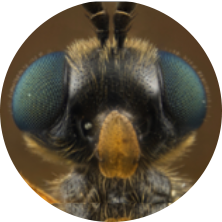 RESEARCHERS AT THE UNIVERSITY OF TEXAS CREATED A DEVICE THAT MIMICS THE SUPER-HEARING POWER OF A FLY. THE DEVICE COULD BE USED IN THE NEXT GENERATIONS OF HEARING AIDS.
RESEARCHERS AT THE UNIVERSITY OF TEXAS CREATED A DEVICE THAT MIMICS THE SUPER-HEARING POWER OF A FLY. THE DEVICE COULD BE USED IN THE NEXT GENERATIONS OF HEARING AIDS.
Want Super-Hearing Power? When creating hearing aids, three factors are always taken into consideration: size, battery life, and power.
Recently, researchers at the University of Texas created a device that they claim does that – and more. At the small size of only 2mm, the tiny pressure-sensitive device uses almost no power, but is able to help people to hear incredibly well.
Their inspiration? A fly.
“A fly teaches us a way to make very small, hi-fidelity directional microphones,” says Neal Hall, who created the device along with his graduate students at the University of Texas. “Hearing aids already employ conventional directional microphones, but the self-noise of directional microphones is higher than omni-directional microphones. The fly mimic opens a new design path to consider directional microphones with high signal to noise ratio.”
How Super-Hearing Power Works
Hall’s device doesn’t have a specific name. It is a 2mm-wide silicone device that resembles a “teeter-totter” found on a children’s playground.
This flexible beam works in much the same way as the hearing mechanism of O. ochracea, a fly that is able to locate the direction of a cricket’s chirp even though its ears are less than 2mm apart. In the four millionths of a second between the sound entering one ear and the other, the sound phase shifts slightly via a “teeter totter” mechanism that is much like the device that Hall and his team created.
“It’s essentially a microscopic teeter-totter nearly the same size as a fly’s hearing organ,” he says. “When sound pressure hits one side just a split second before the other, the pressure imbalance causes the beam to rotate.”
How it helps
The device is especially useful for speech recognition. Hall says it could be used to build the next generation of hypersensitive hearing aids that can adaptively focus only on conversations and sound that are of interest to the wearer.
This could build on the current speech enhancing technology found in digital hearing aids. The Speech Enhancer of Widex hearing aids is different from simple noise reduction systems in that it doesn´t just dampen noise – it also amplifies speech. When we listen to a sound, we typically know whether it is speech or noise. The Speech Enhancer in modern hearing aids is able to distinguish the two in much the same way as our brains do – by using the fact that speech consists of a number of varying sound components that follow each other at brief intervals.
The device created by University of Texas researchers works in a different way. As Hall explains: “When sound pressure hits one side just a split second before the other, the pressure imbalance causes the beam to rotate. The rotating motion is converted into an electronic signal using four springs made of a special class of materials called piezoelectric materials, which produce a voltage when flexed.”
The device is not only useful for people with hearing aids – it can also be used for military and defense applications. It could be especially useful in the dark, where visual cues aren’t available and it is difficult to localize sounds.
What’s next?
The device created in the lab at the University of Texas is still a prototype. Hall notes that his team successfully captured and mimicked the fly’s hearing organ with the device, but the range of frequencies still needs to improve: “Currently, the mimic spans about half of the audio bandwidth, while the full 20 Hz – 20 Hz is desirable.”


 RESEARCHERS AT THE UNIVERSITY OF TEXAS CREATED A DEVICE THAT MIMICS THE SUPER-HEARING POWER OF A FLY. THE DEVICE COULD BE USED IN THE NEXT GENERATIONS OF HEARING AIDS.
RESEARCHERS AT THE UNIVERSITY OF TEXAS CREATED A DEVICE THAT MIMICS THE SUPER-HEARING POWER OF A FLY. THE DEVICE COULD BE USED IN THE NEXT GENERATIONS OF HEARING AIDS.
